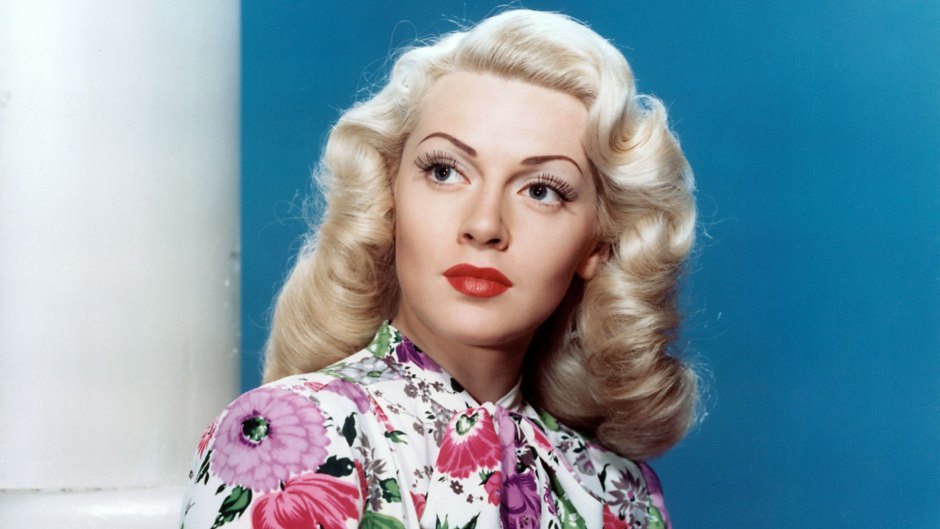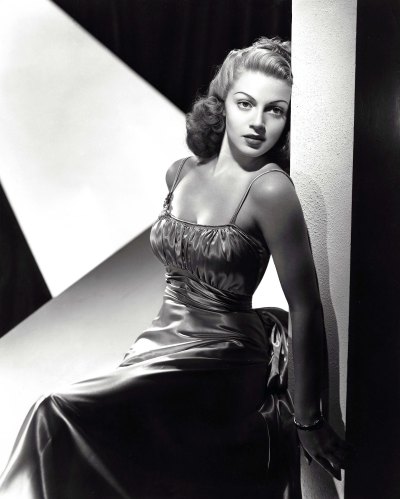
Shutterstock
Inside Sex Symbol Lana Turner’s 7 Marriages: ‘I Wanted Some Security and Peace’
The life of ’40s sex symbol Lana Turner was the stuff of legend — literally. Discovered by a writer for The Hollywood Reporter as a teen, Lana had a meteoric rise that inspired the dreams of millions of young girls. Later, the scandal surrounding the stabbing death of her mobster boyfriend read like something from a screenwriter’s imagination as it incited one of the great tabloid sagas of the 1950s.
But behind the gossip and glamour was a hardworking, self-made woman who, despite her stunning beauty, was often filled with doubts and insecurities. “I am not just a manufactured something,” Lana wrote in her 1982 autobiography, Lana: The Lady, the Legend, the Truth. “I have made mistakes, plenty of them; some I have paid for dearly.”

Many of Lana’s most painful heartbreaks were brought about by the men she invited into her world. “I wanted some security and peace,” she explained. But sadly, Lana rarely found it in her love affairs.
Poverty and loss colored Lana’s childhood. Her father, John, a charming hustler, was murdered on his way home from an illegal craps game where he’d just won. Lana, then 9, blamed herself for his death because on the night he was killed, she recalled, “he mentioned that he was going to buy his little girl a bicycle” with his winnings.
In the difficult years before she began acting, Lana spent time in foster care while her mother worked long hours as a beautician to support them. “Lana wanted to grow up to be a fashion designer,” says Darwin Porter, coauthor of Lana Turner: Hearts & Diamonds Take All. “It was only by accident that she skipped math class one day and was discovered.”

Lana’s first role — a teenage murder victim wearing a tight sweater in 1937’s They Won’t Forget — put her on the path to stardom. (She was nicknamed “Sweater Girl” after the film’s release.) In just over a decade, with hits like The Bad and the Beautiful, Ziegfeld Girl and The Postman Always Rings Twice, she would become one of the highest-paid women in America. Yet money couldn’t buy happiness.
She suffered emotional abuse during her brief 1940 marriage to jazz great Artie Shaw. “He was a brilliant man who attacked Lana for being dumb,” says Porter.
Lana also failed to find contentment with actor Stephen Crane. The couple wed, split up and married again. “She was pregnant,” explains Cindy De La Hoz, coauthor of Lana: The Memories, the Myths, the Movies. In 1943, Lana’s only child, Cheryl Crane, was born, but the marriage would soon end.

Love affairs with Ronald Reagan, Clark Gable and Frank Sinatra were also short-lived, as were her next five marriages. The closest she ever came to romantic bliss was with Tyrone Power in 1946. “He was the most gentlemanly, enchanting man I had ever known,” Lana gushed. But Tyrone’s divorce was slow in coming and when Lana became pregnant, it drove a wedge between them. “She regretted aborting his baby, but it would have ruined both their careers,” says Porter.
She would make more than 50 movies, but Lana never became comfortable with her sexy image. “I hated the public notion that I was constantly picking up men,” said the star, who battled depression and even attempted suicide in 1951. “Sex was never, with any man, the first thing on my mind.”

The actress’ reputation took an even uglier turn in 1958. She had been dating Johnny Stompanato, an abusive, mafia-connected thug. One night when their argument grew especially violent, Lana’s 14-year-old daughter killed Johnny by stabbing him in the stomach with a kitchen knife. Her detention and an inquest where mother and daughter testified were followed breathlessly by the press before Cheryl was exonerated. “It was a harrowing experience but it bonded them,” says De La Hoz.

Lana never found a man who would cherish and protect her, but her connection with her daughter became the strongest and most lasting love in her life. “Cheryl idolized her mother,” says De La Hoz. “In the last 10 years of Lana’s life, they were closer than ever.” When Lana passed away following a three-year bout with throat cancer in 1995, her daughter was at her side. “She just took a breath,” Cheryl said, “and then she was gone.”
For more on your favorite stars, pick up the latest issue of Closer Weekly, on newsstands now — and be sure to sign up for our newsletter for more exclusive news!






































